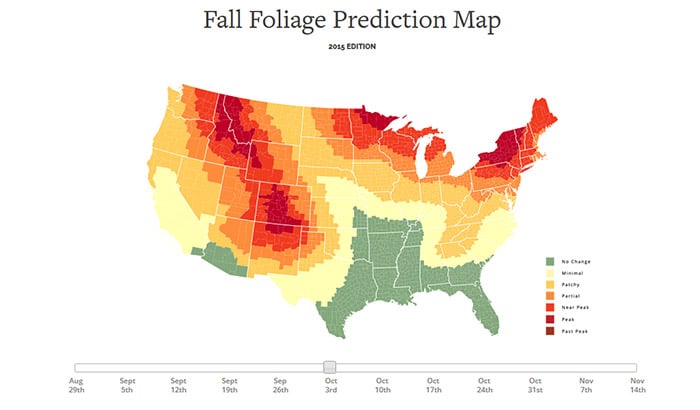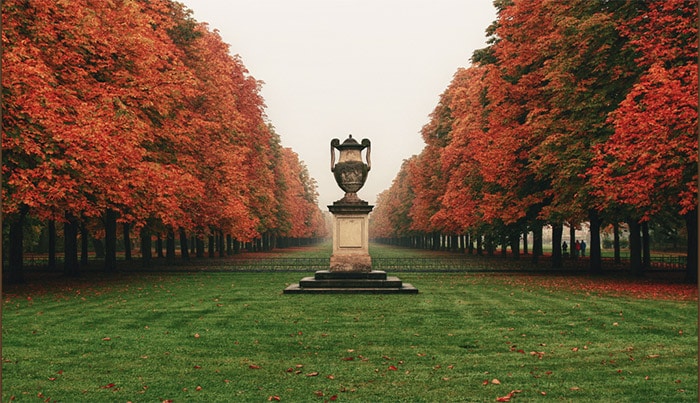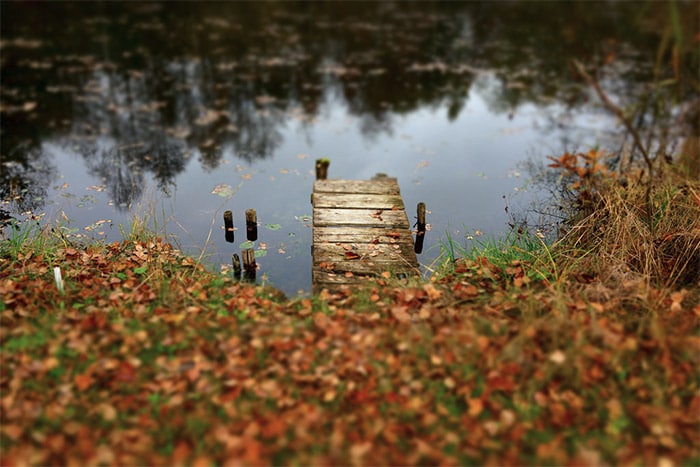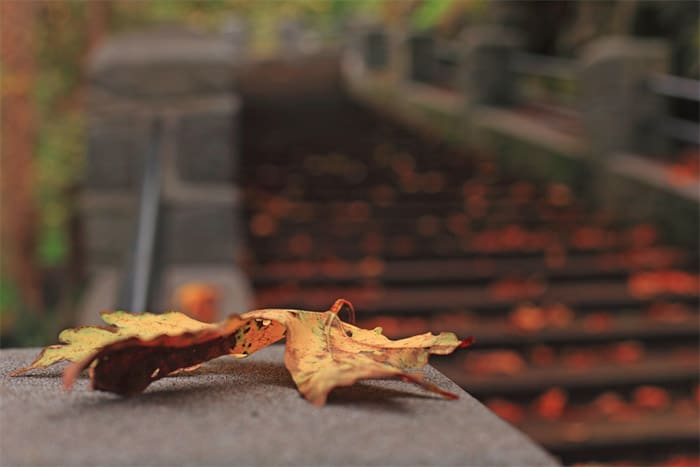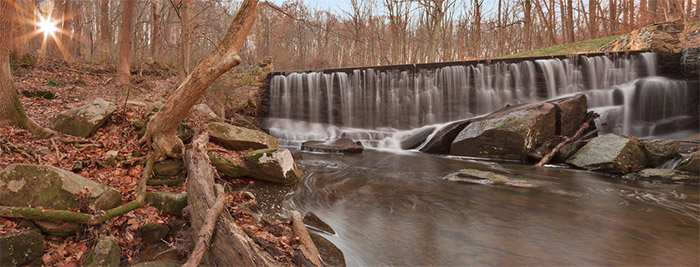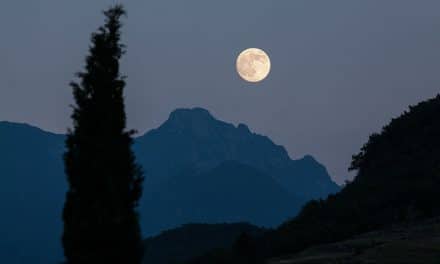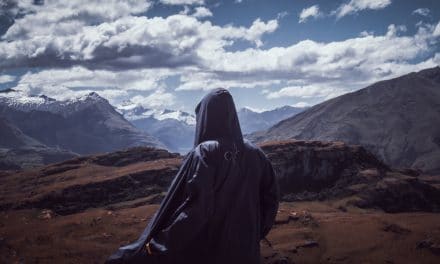Fall is my favorite time of the year, and it’s a favorite for many landscape and nature photographers as well. The beautiful colors of autumn can transform a scene, and cooler weather makes it more enjoyable for being outside and hiking to get to that perfect spot. In this article we’ll look at 10 tips to help you get the most of your nature photography this fall.
1. Plan Ahead
Proper planning and scouting is always valuable for nature photography in any season, but when you are hoping to catch the best fall colors planning is especially important. The peak opportunity doesn’t last very long, so if you are planning a trip or even just planning some time off to get out and photograph you will want to coordinate your plans so you are out at the right time.
One of the best resources for planning autumn photography is this fall foliage prediction map. It is interactive and will show you when the best opportunities are likely to be available.
2. Don’t Avoid Overcast Days
Overcast and cloudy days may not seem like the best time to be outside, but for fall photography they can provide ideal lighting. Many of your autumn photos will not be featuring the sky anyway, so don’t avoid shooting on a particular day just because the sky seems a little boring.
3. Slightly Underexpose for Stronger Colors
Consider underexposing your photos just slightly, which can result in stronger and deeper colors for that beautiful fall foliage. The deeper reds and oranges can really help to create impact with your photos.
4. Use a Polarizer
Another way to get rich, deep colors is to use a polarizer filter. Using a polarizer is not essential, but it can help to increase contrast and bring out those colors, so always have one handy for those times when you will want it.
→ Related reading: An Intro to Filters for the Landscape Photographer
5. Use Lightroom to Make Colors Pop
Getting the most out of fall colors can also be done with a little help from Lightroom. While global adjustments like contrast, vibrance, and saturation can help to boost autumn colors, the HSL sliders give you the most control and potential. Bump up the saturation on oranges and reds and reduce the luminosity to get deeper, darker colors. You can also experiment with the hue slider to change the hues of specific colors, which can be useful for adjustments when you are shooting past the peak season when leaves are more brown than red or orange. See How to Make Fall Colors Pop Using Lightroom.
6. Shoot Around Sunrise and Sunset
Taking advantage of the lighting of golden hour around sunrise and sunset is a good practice for just about any type of outdoor photography, and autumn is no exception. The colors of fall can look quite stunning in the perfect light of golden hour.
Compared to the summer, fall days are getting shorter, which means sunrise will be later and sunset will be earlier, so it may be even more convenient for you than shooting at these times during the summer.
→ Related reading: Tips for Better Sunset Photography
7. Find Interesting Details
There are plenty of opportunities to capture beautiful fall photos by focusing on small details like fallen leaves, acorns, pumpkins, and other typical details of the season. In many cases these details are easy to overlook if you are concentrating on finding the best compositions for more typical landscape shots, so don’t forget to keep your eyes open for these interesting details that can make great shots.
8. Go Panoramic
Panoramic landscape shots can help you to capture impressive scenes of autumn colors on a bigger scale.
→ Related reading: Guide to Shooting Panoramics
9. Capture a Mood
One of the best ways to capture a mood with your fall photos is to use fog. Mornings are usually the best time to find fog, so you’ll need to be up and ready early, but it can be a great time to get moody fall photos.
→ Related reading: How to Capture a Mood in Landscape Photography
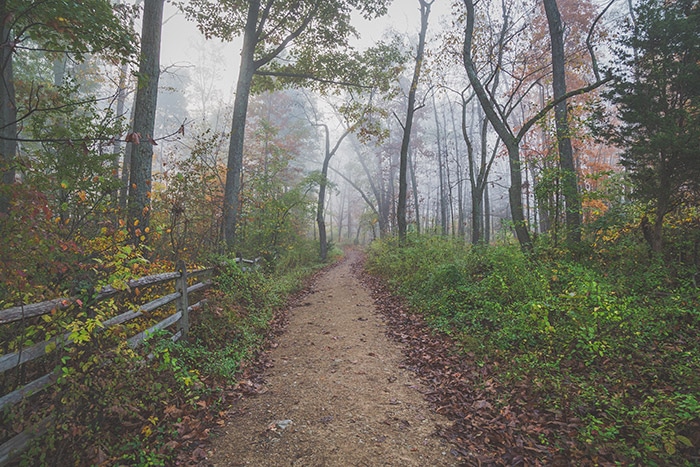
Foggy Autumn Morning by Marc Andre
10. Don’t Forget About the Need for Good Composition
The colors of autumn tend to be the main attraction in fall nature photography, but don’t let that focus on color distract you from the need for good composition. The colors can help to enhance a photo and make it better, but they won’t make up for a poor composition.
→ Related reading: 4 Expert Tips to Improve Your Landscape Photography Composition
What Are Your Tips?
If you have any suggestions for other tips please feel free to leave a comment.
Photo license links: CC0, CC BY 2.0, CC BY-SA 2.o


